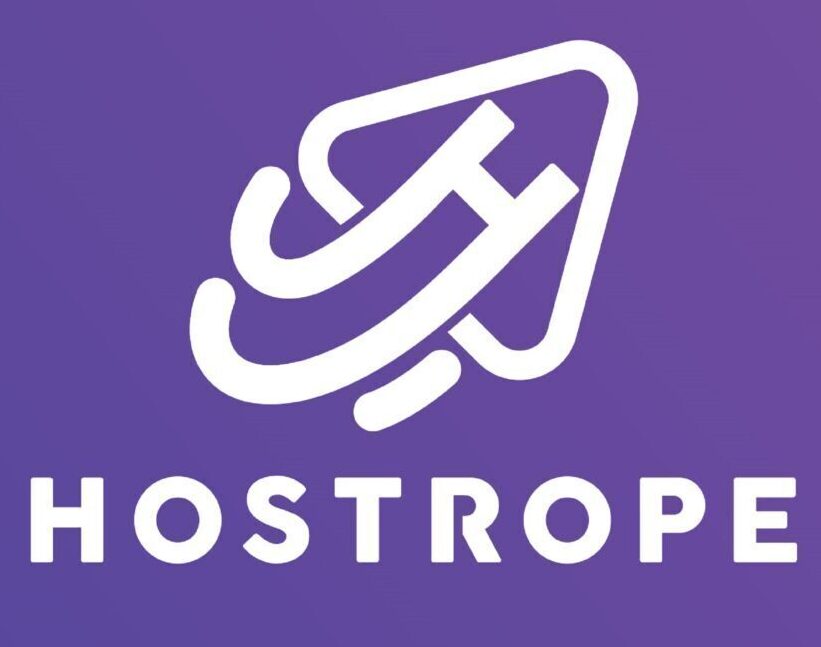If you’re looking to maximize your profits and build a successful ecommerce store, it’s essential to find the right products. But with so many options out there, how do you know which ones will be best for your business? In this article, we’ll explore the factors you should consider when selecting products for your ecommerce store and how to make sure they are profitable.
Introduction
As an ecommerce business owner, it’s important to find products that are profitable and in high demand. However, with so many products on the market, it can be difficult to know which ones to choose.
There are a few things you can do to help you find the right products for your store. First, research your target market and find out what they want and need. You can do this by conducting surveys, reading forums and blogs, and talking to people in your target demographic.
Once you know what your target market wants, you can start researching products that meet their needs. Try to find products that are unique and in high demand. You can use online tools like Google Trends to see which products are trending upwards.
Finally, once you’ve found some potential products, it’s important to test them out before adding them to your store. Buy a small quantity of each product and see how well they sell. This will help you determine which products are most likely to be successful in your store.
Researching new products
The most important thing when researching new products is to ensure that there is a market for the product. There’s no point in selling a product that no one wants! To find out whether there is a market for your product, you can do some market research. This can involve conducting surveys, interviews, and focus groups. Once you’ve done your market research and you’re confident that there is a market for your product, you need to make sure that the product is right for your ecommerce store. This means considering things like whether the product is a good fit for your brand, whether it’s profitable, and whether it’s likely to be popular with your customers. You also need to make sure that you have the resources to stock and ship the product. Once you’ve done all of this research and you’re confident that the product is a good fit for your store, then you can go ahead and start stocking it!
Evaluating demand and competition
When you’re evaluating demand and competition for a product, there are a few key things to keep in mind. First, you want to make sure that there is actually a demand for the product. You can do this by searching for the product on Google and other search engines, and seeing how many results come up. If there are a lot of results, that means there is high demand for the product.
Next, you want to look at the competition. This can be done by doing a Google search for the product again, but this time looking at the ads that come up. If there are a lot of ads, that means there is high competition for the product. You also want to look at the prices that the competitors are charging for the product. If they are all charging similar prices, then that means the market is competitive. However, if you see some competitors charging much higher prices than others, that could be an opportunity for you to enter the market and charge a lower price.
Finally, you want to make sure that you can actually profit from selling the product. To do this, you need to calculate your margin. This is done by subtracting your cost of goods sold (COGS) from your selling price. For example, let’s say your COGS is $10 and your selling price is $20. That means your margin would be $10 ($20 – $10). The higher your margin, the more profit you will
Choosing the right supplier
There are a few key things to keep in mind when choosing a supplier for your ecommerce store:
1. Quality: Make sure that the products you’re getting from your supplier are of good quality. This is important not only for your customers’ satisfaction, but also for your own reputation as a store owner.
2. price: Don’t overpay for your products! Compare prices from different suppliers to make sure you’re getting a good deal.
3. reliability: Can you count on your supplier to deliver the products on time? It’s important to build a good relationship with your supplier so that you can avoid any headaches down the road.
4. customer service: In case something goes wrong with an order, it’s important to have a supplier who is responsive and helpful. Choose a supplier who you feel confident will take care of any issues that may arise.
Managing inventory and pricing
The key to a successful ecommerce business is having the right products at the right price. Too high of a price and you’ll miss out on potential sales, too low and you’ll struggle to make a profit. Managing inventory and pricing can be a daunting task, but with careful planning and execution it can be done effectively.
Here are a few tips for managing inventory and pricing:
1. Know your margins. This is the most important factor in determining prices. You need to know how much it costs you to produce or acquire each product and then add a markup that will give you a healthy profit margin.
2. Monitor your competition. Keeping an eye on what your competitors are doing is important for two reasons. First, you don’t want to be priced too high or too low in relation to them. Second, you want to be aware of any new products they might be offering that could threaten your own sales.
3. Use data to inform your decisions. Keeping track of your sales data will help you understand which products are selling well and at what price points. This information will be invaluable when making decisions about inventory levels and pricing strategies.
4. Be flexible with prices. Don’t get too locked into set prices for your products. If you find that certain items aren’t selling well at a particular price point, don’t be afraid to adjust accordingly.
5. Offer discounts and promotions wisely. Discounts and promotions can be effective tools
Optimizing product descriptions
Product descriptions are one of the most important elements of an ecommerce store, yet they are often overlooked or given less attention than other areas of the site. A well-written product description can make the difference between a sale and no sale, so it’s important to take the time to optimize them.
Here are a few tips for optimizing your product descriptions:
1. Keep them short and to the point – potential customers don’t want to read a novel, they just want to know what the product is and what it does.
2. Use strong keywords – include relevant keywords that potential customers might use when searching for your products.
3. Highlight the benefits – focus on how the product will benefit the customer, not just on its features.
4. Use images and videos – people are visual creatures, so including images and videos along with your text can help to better convey information about the product.
5. Be unique – with so many ecommerce stores out there, you need to make sure your descriptions stand out from the rest. Avoid using generic terms and phrases, and be creative in your language choices.
Driving traffic to the store
If you want to maximize profits for your ecommerce store, it’s important to drive traffic to the store. There are a number of ways to do this, and the best way will vary depending on your products and target audience. However, there are a few general tips that can help you drive traffic to your store and increase sales.
One way to drive traffic to your store is to optimize your website for search engines. This means making sure your website is well-designed and keyword-rich so that it appears high in search results. You can also promote your website through online advertising and social media.
Another way to increase traffic is to offer incentives for visitors to come to your store. This could include discounts, free shipping, or special promotions. You can also create interesting content on your website or blog that will draw people in. If you have a physical location, make sure it’s easy to find and convenient for customers to get to.
Finally, it’s important to focus on providing a great customer experience once people reach your store. This includes offering helpful customer service, having a user-friendly website, and providing quality products at fair prices. If you provide a positive experience for customers, they’re more likely to come back and buy from you again in the future.
Tracking and analyzing performance
There are a few key performance indicators (KPIs) that every ecommerce store owner should track and analyze to ensure they are making the most profit possible from their products. Here are some of the most important KPIs to keep an eye on:
-Conversion rate: This measures how many visitors to your store actually go on to make a purchase. A low conversion rate could indicate that your products are not appealing to your target market, or that there are issues with your website or checkout process.
-Average order value: This measures how much each customer spends on average when they make a purchase from your store. A high average order value is indicative of customers being happy with their purchases and suggests they may be willing to spend more in future.
-Order value distribution: This measures how much each order placed on your store is worth. A healthy distribution should be fairly even, with no one order being worth significantly more or less than another. This indicates that customers are buying a variety of different items from your store, rather than just one or two big-ticket items.
-Refund rate: This measures the percentage of orders that are returned by customers. A high refund rate could suggest that your products are not as described, or that there are quality issues with them.
Analyzing these KPIs on a regular basis will help you to identify any areas where your business could be improved, and make changes accordingly. Doing so will ensure that you are
Conclusion
Finding the right products for your ecommerce store is an important step to maximize profits and build a successful business. There are many strategies that you can use to source products, from market research to dropshipping. You should also take into account customer feedback and reviews when selecting items for your store. By taking these steps, you will be able to find the perfect products for your ecommerce store and make sure that it is profitable in the long run.






